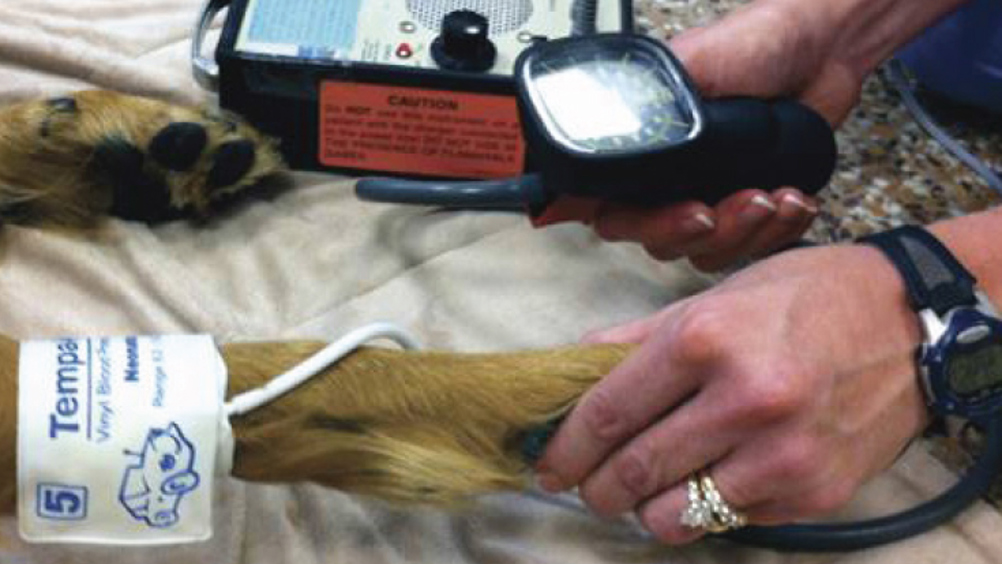References
Cats are not small dogs: assessment and stabilisation of emergency presentation

Abstract
Cats are a common emergency presentation in practice, with a wide range of presenting conditions ranging from trauma caused by road traffic accidents or falling from height, to acute medical conditions or ingestion of toxins. When dealing with feline patients, it is important to remember that cats are not small dogs and therefore, the approach to their assessment and stabilisation must take this into account. Cats have unique behaviour and physiology. They are great pretenders and will often mask clinical signs until they are near-critical. As their response to disease differs to that of dogs, when they are presented to a veterinary clinic they often show non-textbook clinical signs. This, in conjunction with the fact their response to medical therapy can also differ from canine patients, can make them particularly challenging to manage in an emergency. The assessment process should be holistic, and all physical examination findings should be viewed in association with each other.
An emergency assessment focuses on evaluation of the three major body systems: cardiovascular, respiratory and neurological. The assessment aims to identify and prioritise problems and determine the urgency of the treatment required, without exacerbating any issues present. Cats are solitary creatures and have a high preservation reflex, often masking signs of illness until their condition has advanced. Therefore, cats can present with subtle derangements which may be easily overlooked on initial assessment.
The purpose of the cardiovascular triage is to assess perfusion parameters. Identification of abnormalities allows determination of the presence and severity of shock. Shock is defined as the reduction in oxygen delivery and/or oxygen use by cells (Porter et al, 2013). There are six physical parameters that should be assessed in order to determine whether an animal is in shock (Reineke, 2015):
Most abnormal physical examination findings are the result of activation of the sympathetic nervous system in response to reduction in effective circulatory volume. Catecholamine release (adrenaline or noradrenaline) in response to activation of the sympathetic nervous system is responsible for the classic signs of shock; tachycardia, hyperdynamic pulses and peripheral vasoconstriction, causing the mucous membranes to be pale and the capillary refill time prolonged. This response is mediated by both activation of pressure receptors (baroreceptors) and chemosensors (chemoreceptors) in the major vessels. Cats are very sensitive to hypotension, but unlike dogs, where the sympathetic nervous system predominates in shock, cats have vagal fibres in close proximity to sympathetic fibres, both of which can be stimulated by reduced effective circulating volume (Mandell and King, 1998; Holowaychuk and Martin, 2006). The parasympathetic nervous system, mediated by the vagus nerve, is activated and this vagal response may blunt any compensatory tachycardic response to shock (Schwartz et al, 1973). As a result, many cats presenting with shock actually have a normal-to-low heart rate, which weakens the patient's compensatory response (Day, 2003). Clinical signs associated with shock are more subtle and include signs compatible with tissue hypoperfusion – for example, impaired mentation secondary to cerebral hypoperfusion and hypothermia (de Laforcade and Silverstein, 2015). Hypothermia may also contribute to further lowering of the heart rate. Absence of peripheral pulses (carpal and metatarsal pulses) can be supportive of a diagnosis of hypotension, but peripheral pulse palpation can be difficult in cats and care should be taken not to over-interpret these findings in isolation (Reineke et al, 2016).
Register now to continue reading
Thank you for visiting UK-VET Companion Animal and reading some of our peer-reviewed content for veterinary professionals. To continue reading this article, please register today.

